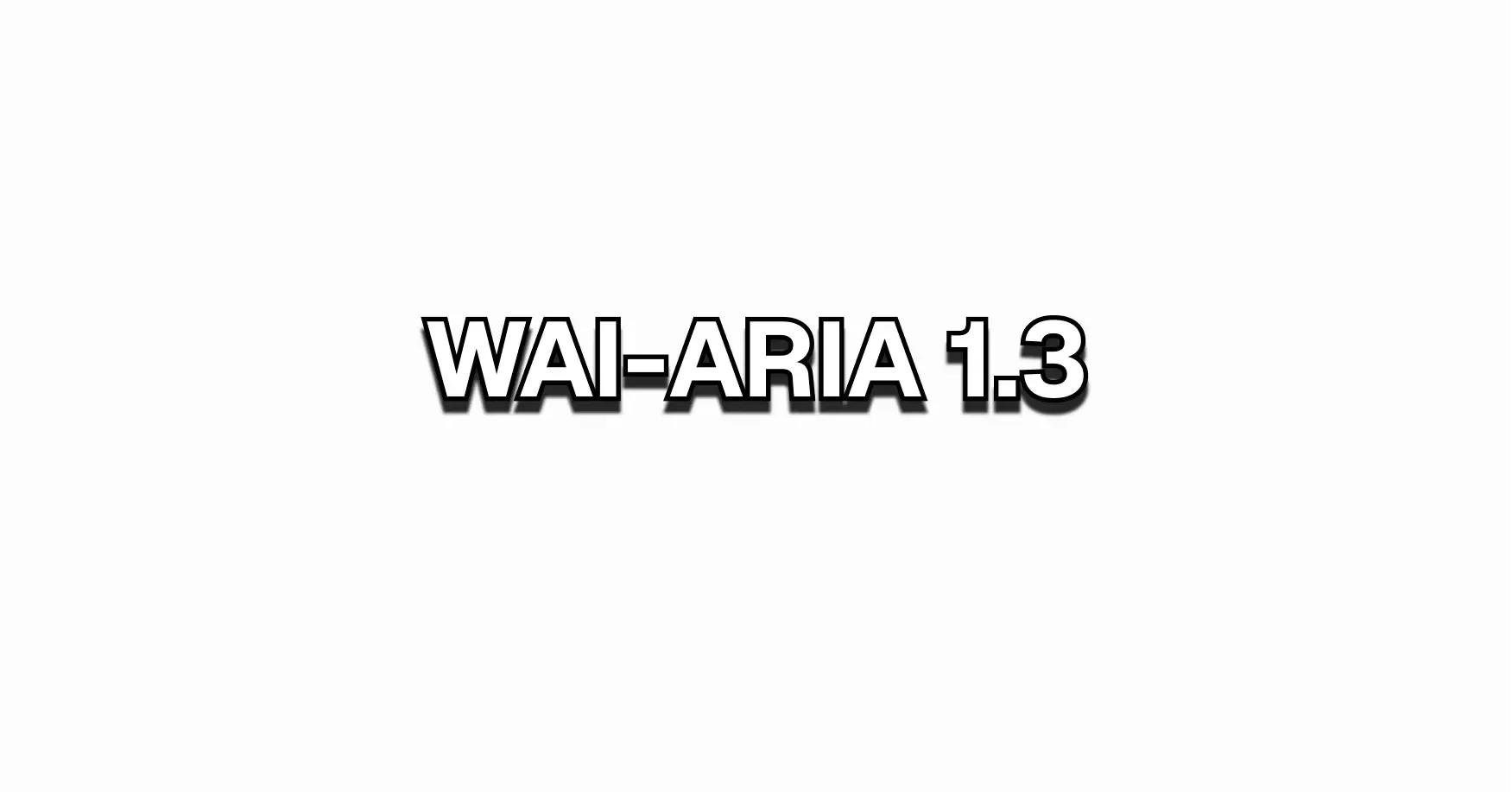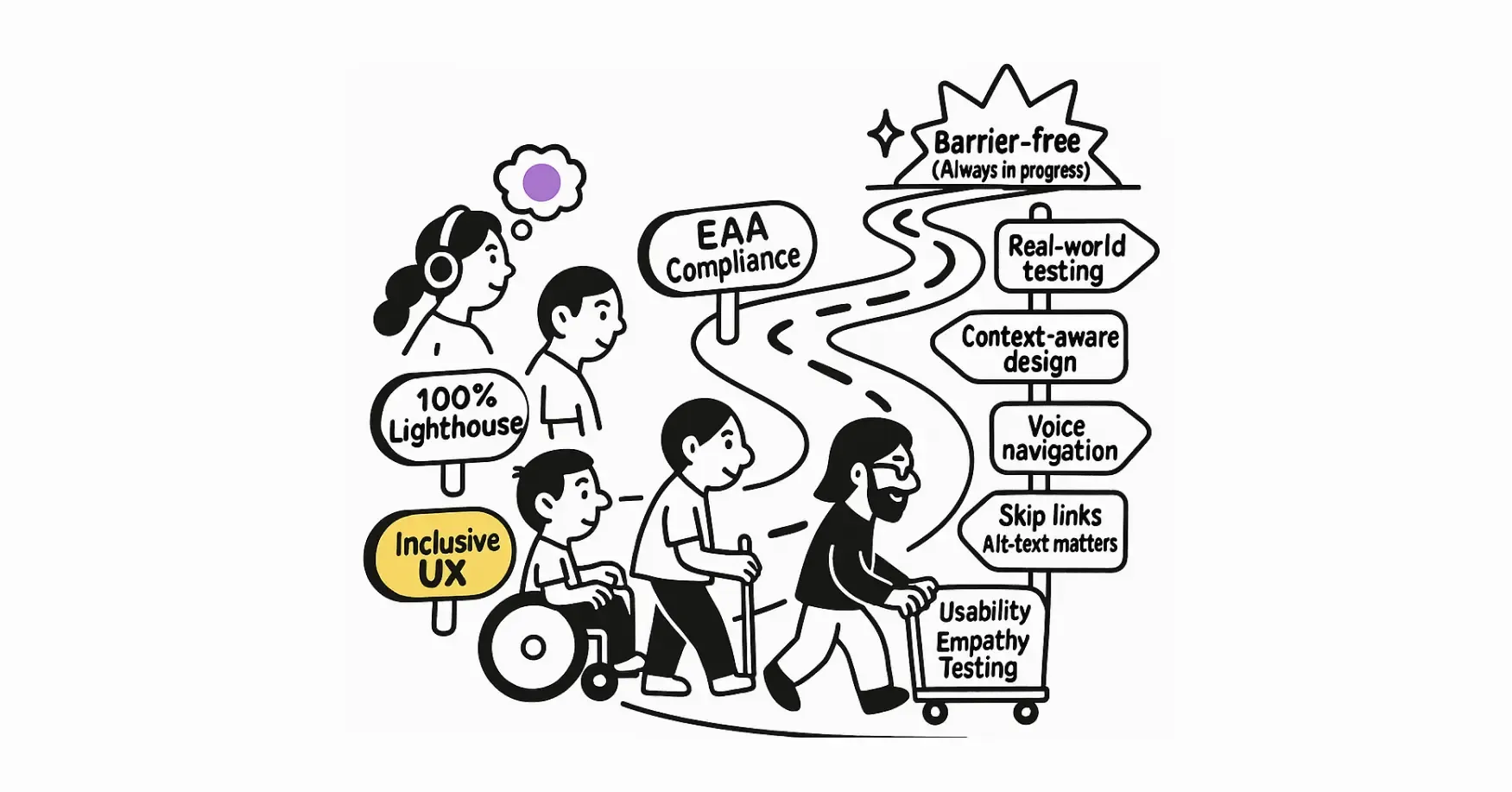Different Needs in Web Accessibility
Learn some of the techniques that help others access your content.
Manuel Sánchez

Web accessibility is essential to creating an inclusive internet. It focuses on ensuring that all users, including people with various disabilities, can navigate, understand and interact with web content. Different people have different needs, and understanding these needs is the first step towards creating more accessible websites. Below are some of these groups and specific guidelines for addressing their accessibility requirements.
People with Visual Impairments
People with visual impairments, which include total blindness, partial blindness and colour blindness, rely heavily on screen readers, screen magnifiers and high contrast settings. For this group, it is crucial:
- Provide descriptive alternative text for all images.
- Ensure that the structure of the website is keyboard accessible.
- Use semantic headings to organise content logically.
People with Hearing Impairment
Hearing impaired users rely on captioning, transcripts and sign language to access audio and audio-visual content. Guidelines include:
- Add closed captioning for videos.
- Provide transcripts for audio files.
- Consider using sign language interpreters for important content.
People with Motor Disabilities
This group includes people who have difficulty using a mouse or traditional keyboard due to motor disabilities. To make their navigation easier, it is recommended to:
- Ensure navigability of the website with keyboard only.
- Provide sufficient time for them to complete tasks without pressure.
- Design forms with easily accessible and user-friendly fields.
People with Cognitive Disabilities
People with cognitive disabilities, such as dyslexia or autism, may encounter unique challenges when surfing the web. To support this group, it is important to:
- Use clear and simple language.
- Offer the option to customise the user experience, such as adjusting text size or background colour.
- Avoid design patterns that may cause distractions or cognitive overload.
Photosensitive people
For those with photosensitive epilepsy or other conditions that make them sensitive to flashing lights or visual patterns, it is crucial:
- Avoid flashes and flickers in the range of 3 to 59 flashes per second.
- Provide warnings before displaying content that may provoke a reaction.
People with Autism Spectrum Disorders (ASD)
People with ASD may find overloaded web interfaces and complex interactive elements challenging. For them, it is beneficial:
- Design clean and consistent interfaces to minimise sensory overload.
- Avoid excessive use of animations or flickering elements, which can be distracting or even cause discomfort.
- Provide options to customise the user experience, allowing for adjustments in the presentation of content.
People with Learning Disorders, such as Dyslexia
For people with learning disabilities, reading text on screen can be a challenge. To support this group, it is essential:
- Use legible fonts and allow users to adjust text size as needed.
- Ensure that text can be read with sufficient contrast in relation to the background.
- Provide alternative multimedia content, such as audio or video, to explain complex concepts.
P.S. I’m probably leaving out several other collectives, contact me and give me more information to re-edit this article.
Web accessibility is not just about compliance; it is about understanding and empathy for all people accessing the web. By implementing these guidelines, we can make the web a more inclusive space for everyone, regardless of their abilities or disabilities.
Share article


